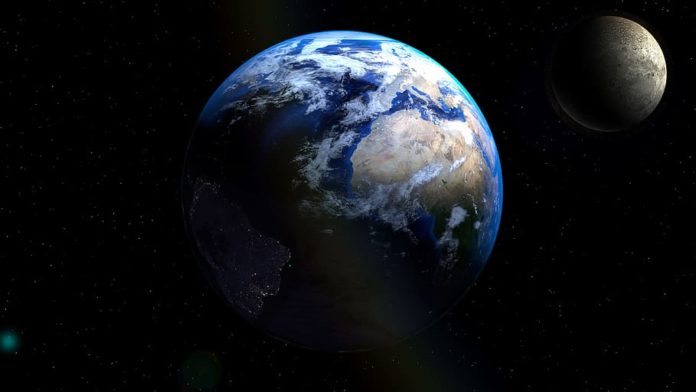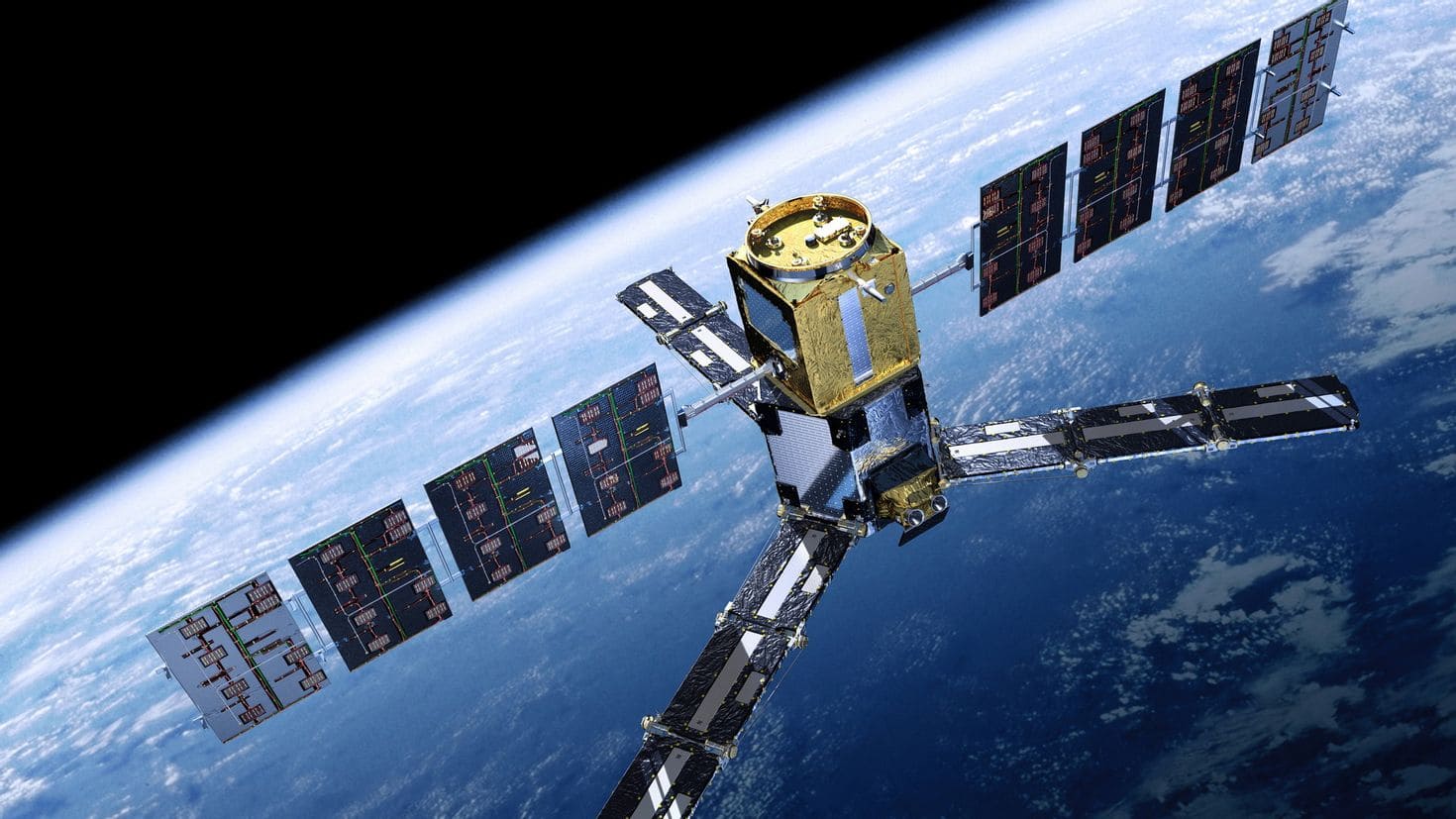The moon is a natural satellite of the Earth that orbits our planet. It is the closest celestial body to Earth and the second brightest object in the night sky after the Sun. The diameter of the moon is about 3,474 kilometers and consists mainly of rocks and dust. Its surface has numerous craters from meteorite impacts, as well as flat areas called seas, which are actually huge flat basins filled with lava that solidified millions of years ago. The moon affects the Earth with its gravity, causing tides and a change in the angle of inclination of the Earth’s axis, which affects the change of seasons. The moon plays an important role in the mythology, culture and astrology of different peoples. She remains a mysterious object, inspiring myths, legends and art.
How did the Moon form
The formation of the Earth’s satellite is an invariably fascinating object of research, which has been of interest among scientists and specialists for many years. There are several theories that try to explain its origin. The first and probably most common theory suggests that the Moon arose as a result of a giant collision between Earth and a protoplanet approximately the same size as Mars, known as Thea. According to this version, during the collision, some of the material from the protoplanet and the Earth was thrown into outer space, combining together and forming the Moon. The second hypothesis suggests that the Moon formed elsewhere in the Solar system and was captured by Earth’s gravity. The third theory, called co-formation, claims that the Moon was formed together with the Earth from the same material during the formation of the Solar System. At the moment, the most accepted hypothesis is a giant impact. However, further research is required for a definitive answer about the moon’s formation process.
Facts and figures about the Moon
The moon is an amazing celestial object that attracts the attention of astronomers and space researchers. There are several interesting figures and facts about her.
- The diameter of the Moon is about 3,474 kilometers, which is about a quarter of the diameter of the Earth. Such a large-scale difference draws the eye and makes you think about the greatness of the universe.
- Comparing the mass of the Moon and the Earth, it can be seen that it is approximately only 1/6 of the mass of our planet. This means that the Moon is much less gravitationally strong and creates peculiar conditions on its surface.
- The average temperature on the moon is quite low and is about -20 degrees Celsius. In such cold weather, it is difficult to imagine what conditions could be for the existence of life on its surface.
- The moon orbits the Earth in about 27.3 days. It is because of this phenomenon that only one side of the moon can be seen from Earth. This creates the impression of mystery and unknowability of some parts of its surface.
- July 20, 1969 was the day when humanity was first present on the moon. The Apollo 11 astronauts Neil Armstrong and Buzz Aldrin became the first people to set foot on its surface. This landmark moment has become a milestone in the history of space exploration.
- The surface of the moon impresses with its variety of geological forms. Here you can find mountain ranges, faults, craters, as well as flat areas known as seas. All this gives the Moon a special character and charming beauty.
- The moon has no atmosphere, which makes it vulnerable to sunlight and space debris. This fact emphasizes its special position in space and distinguishes it from Earth.
- Although there are many hypotheses about the origin of the Moon, the most widely accepted hypothesis among scientists is that it was formed as a result of the collision of the early Earth with another large object. This process occurred during the early history of the Solar System.
- The moon influences the tides on Earth due to the gravitational interaction between them. This phenomenon gives it even more mystery and significance.
- It turns out that the Moon helps slow down the rotation of the Earth, and without it the days would be much shorter. This is another interesting fact related to the role of the Moon in the life of our planet.
- The moon has an impressive eight phases, ranging from new moon to full moon. This makes it possible to observe its transformation and changes in the firmament.
- The dark side of the Moon, which is not visible from Earth, is not constantly dark – it is also subject to phase changes and periodic illumination. This fact attracts researchers and makes them wonder what else can be found where they have not yet visited.
The described facts and figures indicate that the Moon is an incredibly unique and studied object. Its features create a lot of mysteries around it, which we try to solve, and this only strengthens our admiration for this beautiful celestial body.
The History of Moon exploration
The study began in ancient times, when people paid attention to this mysterious space object and began to assume its origin.
Various cultures have attached mythological significance to the Moon, seeing it as a goddess, a holy being, or even a prophetess. The first observations of the Moon using optical instruments were made in the 17th century. Italian astronomer Galileo Galilei used a telescope in 1609 to study the surface of the moon, and found that it was far from ideal, having hills and depressions. In the 1920s, interest in exploring the Moon led to the launch of space programs in the countries of the Soviet Union and the United States. The Soviet Union was the first to launch an automatic mission to the Moon in 1959, when the Luna-2 probe reached the surface of the Moon. It was a historic moment that opened up new horizons for space exploration. In the following years, the USSR began sending missions Luna-3 (1959), which photographed the far side of the Moon, and Luna-9 (1966), the first mission to successfully land on the surface of the Moon. The United States, in response to the challenge of the USSR, launched its Apollo program. In 1969, astronaut Neil Armstrong became the first man to set foot on the moon. Within the framework of the program, six successful missions to the Moon were conducted, as a result of which many valuable data on the geology, composition and history of the Moon were obtained. After the Apollo program, interest in the Moon did not fade. In the 1990s, Japan, India and China began to develop their own space programs, which also conducted lunar exploration. Since the early 2000s, Russia, China and the United States have sent several robotic missions to the moon and are currently working on plans to send humans to the moon in the near future. Moon exploration has become one of the main tasks of space agencies and scientific organizations around the world. It allows you to expand knowledge about the origin of the Solar system, geology and physics, as well as create a base for planning future space missions and potential colonization of the Moon. The moon remains our fascinating neighbor in space, which still holds many secrets ready to be revealed during future expeditions.



